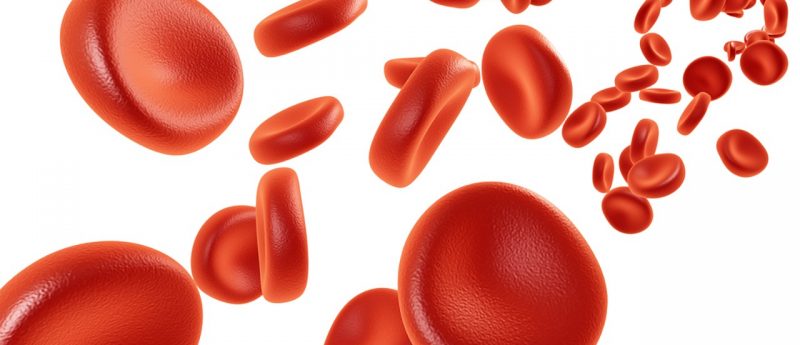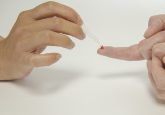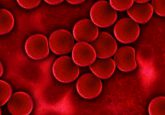Researchers adapt personal glucose meter to detect lactate

Researchers at the University of Illinois (IL, USA) have demonstrated that technology used in personal glucose meters (PGMs) could be used for the quantification of other biomarkers in the blood.
The team developed a system based on nicotinamide coenzymes, which trigger linear responses in normal glucose meters. The system allows the quantitative evaluation of lactate levels and could be applied to other biomarkers in blood samples. Their research was recently published in the journal Angewandte Chemie.
Quantification of glucose levels by diabetics using PGMs has become common place owing to their ease of use and convenience. Most PGMs utilize electrochemical methods during which glucose is oxidized by enzymes followed by re-oxidation of the mediator at the electrode. The redox reactions of the mediator produce an electric current at the electrode the strength of which at the electrode is linearly related to the concentration of glucose.
In their recent work Yi Lu (University of Illinois) and his team asked the question; is it possible to use this well-established electrochemical detection system used for glucose in the quantification of other biomarkers in the blood? The researchers wanted to address this question with minimal changes to the electrochemical detection systems architecture and the chemicals used.
Lu et al. selected a well-known and redox-active molecule, the nicotinamide coenzyme, to play the central role in the repurposing of the PGM. The reduced form of the nicotinamide coenzyme, nicotinamide adenine dinucleotide (NADH), is used by a plethora of natural redox enzymes in biological systems and can therefore provide the link between the biological target molecule and the mediator on the PGM electrode.
One such molecule is lactate. Lactate levels are measured regularly in clinical tests, for example in individuals suffering from diabetes. When measuring lactose levels with the PGM, the scientists removed glucose interference using hexokinase, an enzyme that catalyzes the conversion of glucose to glucose-6-phosphate, which does not create a reading on the PGM.
Lu and his colleagues found a clear quantitative relationship between the PGM signal and L-lactate concentration.
In the future the team hopes to develop a PGM capable of simultaneous measurements of L-lactate and glucose. They also envisage the detection of other targets with the use of the NADH coenzyme.
Sources: Having biomarkers at the fingertips; Zhang J, Xiang Y, Wang M, Basu A, Lu YI. Dose-dependent response of personal glucose meters to nicotinamide coenzymes: applications to point-of-care diagnostics of many non-glucose targets in a single step. Angewandte Chemie (epub ahead of print, doi: 10.1002/anie.201507563) (2015).






